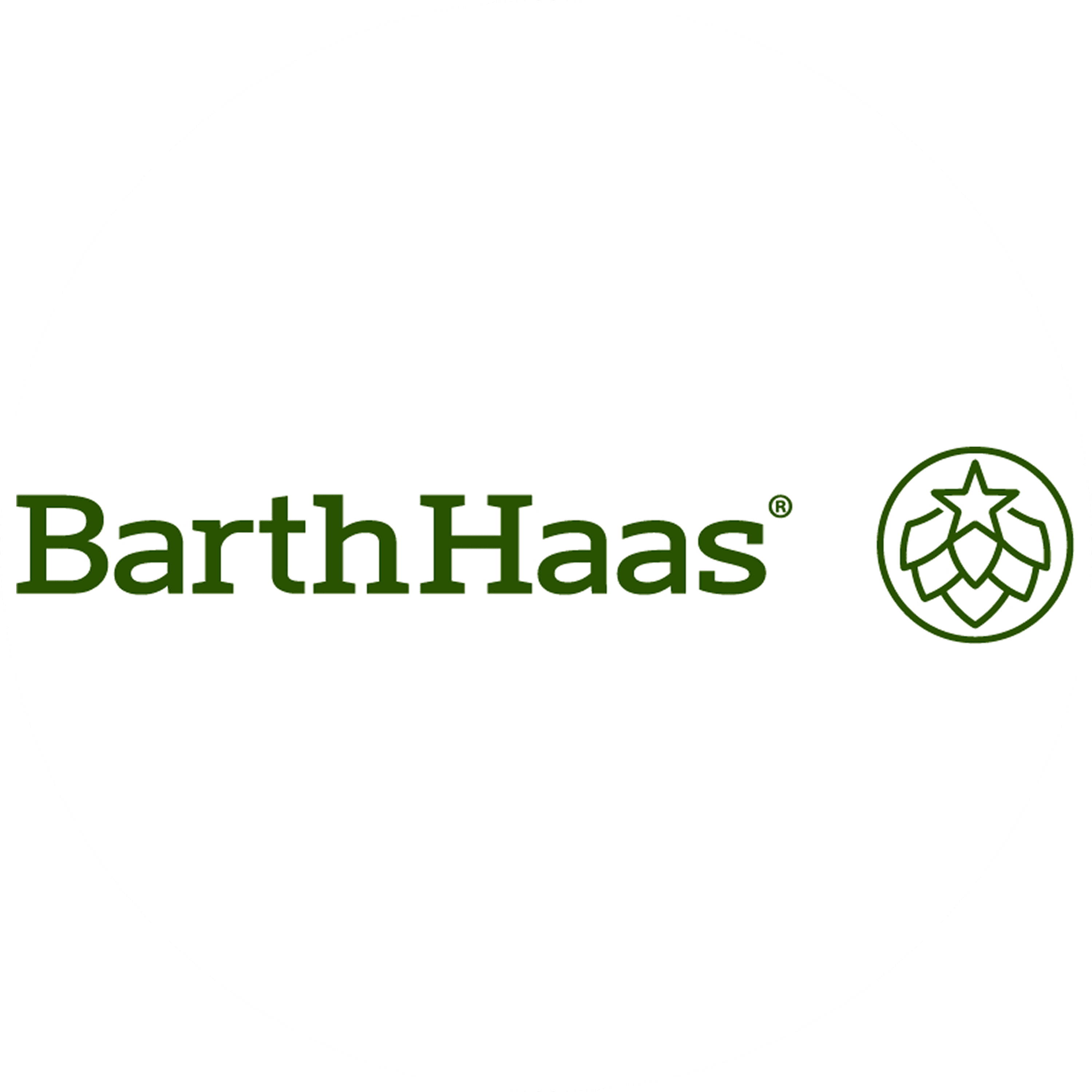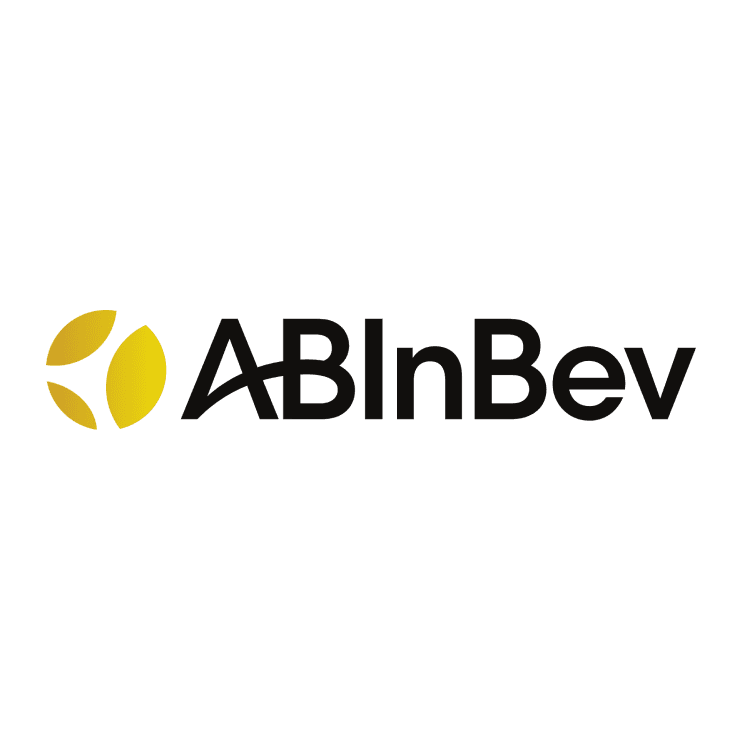
Minimize Solvent Use with Near Infra-Red Spectroscopy
 BarthHaas
BarthHaas
总结
BarthHaas UK’s QC Lab replaced toxic solvents with NIR spectroscopy for hop analysis—cutting emissions, waste, and risks while setting a new sustainability benchmark.
Context
This case study is part of decarbonization best practices shared with AB InBev Eclipse sustainability program’s community. Discover more about the Eclipse program here.
BarthHaas is a leading global supplier of hops and hop related products mainly in the brewing and beverage sector. The 225 year old family business, now in its eighth generation, specializes in the creative and efficient use of hops and hop products.
Traditionally analysis during production processes and for final products are very important as part of quality control to assess hop chemistry. Industry-standard alpha acid analysis relies on toluene and methanol, flammable and toxic solvents, requiring special disposal.
Additionally measure for oil content uses a lot electricity and generates waste.
Solvents can have health and environmental issues, especially in regard to work safety and complex disposal streams.
Finally, the traditional methods are time consuming and hold up production processes.
Solution
To improve lab safety and reduce hazardous waste, BarthHaas UK set a goal to assess hop chemistry without traditional solvent-based methods.
The adoption of the Near Infra-Red (NIR) spectroscopy as a safer alternative was tested. In collaboration with data science firm Sagitto, BarthHaas UK developed predictive models that now allow accurate, solvent-free analysis of process and final production samples.
This innovation significantly lowers emissions and environmental risks and sets a new benchmark for sustainable practices in the hop industry. Another big advantage is the increased work safety as well as increased efficiency with shorter analysis times and fewer production stops.
Figure 1: Lab analyst testing a sample using the NIR method (easy and lean set up)

Impact
Sustainability impact
Climate
9 out of 10 cycles with solvent method replaced by NIR method means:
Scope 2 reduction due to lower electricity usage in the lab --> around 80-90% less electricity usage.
Scope 3.1 reduction of purchased goods and services --> big reduction in purchasing of solvents. --> 90% reduction of solvents usage (methanol & toluol)
Scope 3.5 reduction of waste/disposal --> less usage of solvents causes less disposal of hazardous/chemical waste, additionally this also reduces product sample waste (samples do not need to be disposed with the new method) --> 90 % less hazardous waste Since this method was introduced the lab team is monitoring and collecting exact data to have the holistic quantification, please find the information for the lab in the table below:
Saving | 2024 | 2025 To 05/09/2025 | |
Methanol (L) | 29.20 | 13.09 | |
Water consumption (L) | 103.77 | 381.56 | |
Time Saved (Hours) | 535.5 | 1651.25 |
The method was introduced during the calendar year 2024 and extended to more processes in 2025. Data collection is a continuous ongoing process as well as the introduction of this method to new processes where possible.
The savings in methanol 42.3 L (33.5 kg) results in around 22,11 kg CO2e saved in solvent use (emission factor from conversion factors published by UK Government)(1)
Nature
The major impact for the nature is less hazardous/chemical waste due to the new method. In general the method increases efficiency in multiple processes on site which increases the resource efficiency and reduces the overall negative impact on nature.
Reuse of new methods equipment helps to increase resource efficiency and introduces circular economy principles.
Social
Less exposure to solvents for the workforce. Which affects health and safety of the processes and for the people on site in different stages (Lab, waste management, production etc.)
Increase satisfaction for the workforce due to smoother process flows. Higher efficiency leads to improved well-being in this context, less down time more time for other synergies.
Business impact
Benefits
Cutting out waiting time between manufacturing and packing
Reduced overproduction by enabling immediate confirmation of product quality
Improved first-time-right rates, minimizing rework and scrap
Lean Manufacturing: Immediate data supports real-time decision-making, reducing overprocessing, downtime, and off-spec product
Reduced Energy Use: Eliminating lengthy heating and solvent-based processes means lower power consumption and reduced environmental impact
Waste Minimization: NIR requires no chemical reagents or solvents, cutting down hazardous waste generation, additional all test equipment is reusable and with this introduces circular economy methods on site and for processes
Faster Decisions: Real-time analysis enables quicker process adjustments, reducing material loss and off-spec production
Increased Throughput: Saved time allows for more batches per shift without extending operational hours directly lowering our carbon footprint
Costs
All the above mentioned benefits cause efficiency increase which also helps the cost efficiency.
Major saving is the time and energy saved with the new method (NIR 1-2 min; old method: 30 min - 4 h, depending on test)
Laboratory
Saving in equipment (NIR: reusable; old method: additional waste generation and glass breakages, waste carriers/plastics etc.), hard to quantify the detailed costs.
CAPEX (investment) for NIR machine: 26,000.00 Pounds.
OPEX (on-going) maintenance and modelling: 40,000.00 US $.
Training (set up costs) not to be specified total around 500 training hours per analyst per year, NIR training was one part of that.
Production
Saving in working hours
1-1.5 hours per batch ~ 30 Pounds/hour (for 2 batches a day)
This saves around 5,200 Pounds of down time. And creating an even bigger benefit in gaining capacities for other processes and personal development (social benefit). This benefit is not possible to be quantified monetary.
Impact beyond sustainability and business
Co-benefits
Supports broader circular economy by promoting solvent-free labs and reducing supply chain dependence on hazardous chemicals.
Potential side-effects
Additional questions, sometimes require additional explanation time.
Implementation
Typical business profile
This is a well-established technology, though new to the hop industry. Key considerations include scaling to internal (and potentially external) labs, ensuring time-intensive data validation, and setting up new process streams. Please find below some examples of other industries:
Manufacturing and Laboratories
Food and beverage industry (They could measure protein, moisture, ash for crops like: Wheat, Barley, Corn)
Emerging: Textiles especially plastic marking
Cosmetic: Water and alcohol content measuring
and many more...
Approach
Proof of concept,
develop a predictive model,
collect data and
implement process.
Stakeholders involved
Internal Stakeholders involved
Production, Laboratory, Operation, Sales & Logistics, Quality department, Procurement, Health & Safety, Waste management, Shareholders
External Stakeholders involved
Consultancy/Sagitto, customers, consumers (for slightly sustainable product)
Key parameters to consider
NIR technology is well-established, it is relatively new to the hop industry. Important considerations include expanding its use to internal and potentially external labs, addressing the labor-intensive nature of data verification, and implementing new procedural frameworks.
Implementation and operations tips
Successful implementation relies on clear internal and external communication, collaboration with validated external partners, and starting with a proof of concept to ensure feasibility. Possible steps are:
Communication is key (internal & external)
Validated (external) partner.
Proof of concept